https://www.thedailybeast.com/how-egypt-used-a-fake-tank-to-save-its-history-from-thieves?source=articles&via=rss
EXCERPT
How Egypt Used a Fake Tank to Save Its History From Thieves
In the first days of the Arab Spring in 2011, police protection vanished, leaving archeological sites vulnerable to looters. Only one man had a plan.
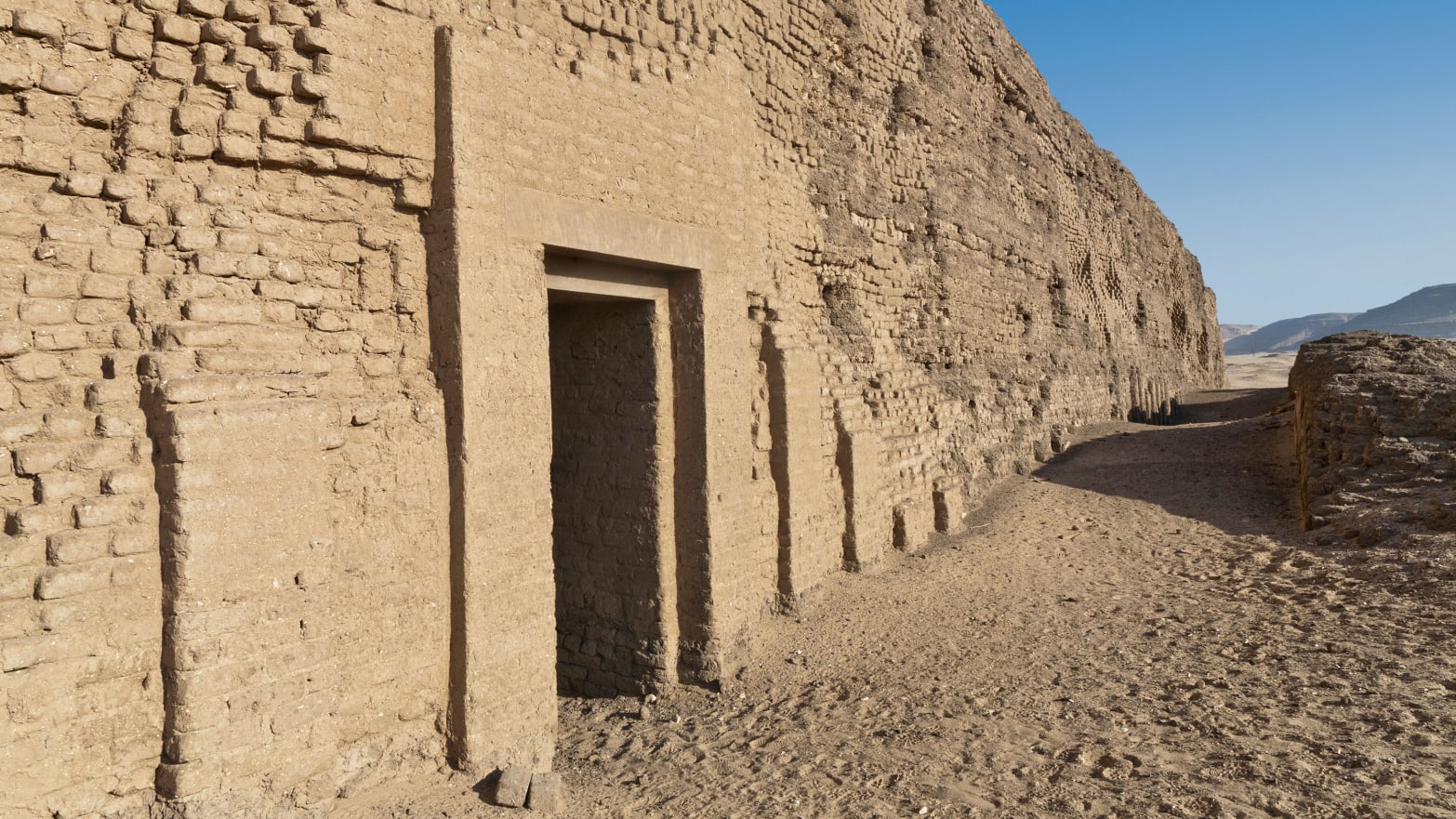
Mike P Shepherd / Alamy
The archaeologists had been working to the west of the local settlements, in an ancient necropolis that villagers refer to as al‑Madfuna: the Buried. The Buried contains the earliest known royal graves in Egypt, and it's also home to one of the oldest standing mud-brick buildings in the world. This structure dates to around 2660 BC, with nearly 40-foot-high walls that form a massive rectangular enclosure. Nobody is certain of its original purpose. The local Arabic name—Shunet al‑Zebib, "Storehouse of Raisins"—is another mystery. At various times, people have speculated that it was once a depot for goods or animals. Auguste Mariette, a French archaeologist who worked here in the middle of the 19th century, suggested without citing any evidence that the structure had been a "sort of police station." This theory seems to have been a projection of Mariette's concerns about looting, which has been a problem in Abydos for approximately five thousand years.
On January 28, 2011, in Cairo, on the fourth day of the Egyptian Arab Spring, tens of thousands of people gathered in Tahrir Square, and somebody set fire to the nearby headquarters of President Hosni Mubarak's National Democratic Party. In Abydos, the team from Brown University had already returned home, and now another group of archaeologists had arrived from the Institute of Fine Arts at New York University. This group was restoring parts of the Shunet al-Zebib, or the Shuna, as the structure is usually called. The NYU team was led by an archaeologist named Matthew Adams. He was 48 years old, and he had the well-cooked appearance of any Westerner who has spent a career in the Sahara. His ears and cheeks were red, and the shadow of his shirt line had been permanently burned into his neck and chest—a V-shaped hieroglyph that means "Egyptologist."
Adams' career in Abydos represented an exact parallel with the span of the Mubarak regime. The American first worked in the necropolis in the fall of 1981, as an undergraduate intern. That October, shortly after the archaeological season started, President Anwar Sadat was assassinated during a military parade in Cairo. After the assassination, Mubarak was elevated from vice president to the highest office, and the capital remained stable. Other than an increased police presence, there was no noticeable impact on Abydos. As an intern, Adams was assigned the lowly task of sorting thousands of pieces of ancient pottery. He still recalled the autumn of Sadat's assassination as the most tedious season he ever spent in Egypt.
This experience influenced Adams' response to the early Tahrir protests. When NYU administrators began to talk about evacuating the team, Adams resisted. He knew that looting would be much more likely if the foreigners left the dig house where they resided in the necropolis. But on February 1, 2011, at least 200,000 people gathered on Tahrir. Police were abandoning their posts across the country, and mobs had overrun a number of prisons. At the Wadi al-Natroun Prison, in the desert northwest of Cairo, attackers had freed hundreds of criminals, political prisoners, and Islamists, including a leader of the Muslim Brotherhood named Mohammed Morsi.
After the prison breaks, Adams decided to evacuate. It took three days to arrange a charter plane that would transport the team directly from Luxor to Athens. On the way to the airport, the archaeologists tried to organize a McDonald's run, but one effect of the revolution was that the Luxor franchise had run out of meat.
Within hours of the foreigners' departure, looters appeared in the Buried. The dig house employed private guards, who typically called the authorities if there was a serious problem. But now the police didn't respond. The guards chased off the first thieves, and a few hours later, at two o'clock in the morning, a larger band of men arrived. Their faces were covered by masks and they carried tools for excavation. They confronted the guards, warning them that they would be killed if they didn't abandon the site.
The dig house was managed by Ahmed Ragab. He was nearly 40 years old, a calm, capable man who came from Aswan, in the far south. At Egyptian archaeological sites, it's common for foreigners to hire a manager from another part of the country so that he'll be free from local pressures of family and tribe. Ahmed knew that these same pressures also represented his best hope against the looters. Many of them carried guns, but as long as they were from Abydos, they probably wouldn't shoot the unarmed site guards. If outsiders arrived, though, they might not feel the same restraint.
For Ahmed, the fear wasn't so much that artifacts would be stolen. After millennia of looting, and after more than a century of professional archaeology, most easily found objects of value had already been extricated from the necropolis. But looters never understood this, and by digging rapidly in the dark, they were likely to damage underground structures that had yet to be properly studied. Many thieves must have heard about the recently excavated statues and coins, because they targeted the site of those discoveries.
On February 11, a government official appeared on national television and announced that Mubarak had vacated the office of president. Around the same time, outsiders began to arrive in the Buried, and some of them were inspired by the long tradition of magical beliefs in Upper Egypt. One evening, the guards caught and interrogated a young looter who had come from Nagaa Hammadi, a town more than an hour to the south. The young man said that a sheikh in his village had performed a divination and declared that treasure could be found in Abydos. Ahmed tried to contact the police, but they remained unresponsive, so the guards released the looter.
In addition to having management skills, Ahmed was good with a hammer and a saw. He decided there was one last thing he could do to defend the site. At the dig house, he gathered some lumber, nails, and paint, and he went to work.
The ancient Egyptians first divided their land into Upper and Lower, a classification that confuses moderns who orient themselves by the compass rather than by the river. South is up, north is down: the imagination has to be recalibrated in this part of the country.
Even the most basic terms of the landscape are difficult to grasp. In Upper Egypt, the Nile has carved a deep gorge into the North African plateau, and 30 million people make their homes here, more than the combined populations of Lebanon, Jordan, Israel, and Libya. But all of these Upper Egyptians are concentrated into a valley that in many places is less than ten miles wide. This band of green, like an oasis stretched thin, is surrounded by a desert so large that it seems galactic. At Abydos, if you start at the banks of the Nile and head due west, the next river you encounter will be in southern Florida.
The Buried represents the first step into this vast emptiness. It sits on a broad shelf just above the cultivation, where the transition from soil to sand is as abrupt as a border drawn onto a map. There are no villages in the necropolis, and virtually nothing grows there; the expanse of sand and rubble continues for most of a mile to the western wall of the gorge. This cliff rises five hundred feet, and it's broken by a single wadi, or canyon, that winds up to the North African plateau. In ancient times, this wadi was believed to be the entrance to the afterlife: souls followed the canyon to the mysteries of the setting sun.
The first line of kings who unified Egypt built their tombs near the mouth of the wadi. The earliest known written words in Egypt, which date to around 3300 BC, were discovered in these graves. The hieroglyphs were inscribed into labels made of ivory, because in those days elephants still roamed the Egyptian highlands. By the beginning of the First Dynasty, around 3000 BC, kings were already ruling from near present-day Cairo, where it was easier to control both Upper and Lower Egypt. But they returned to construct tombs and carry out rituals in Abydos, which is believed to have been their ancestral homeland. Eventually, the necropolis became a pilgrimage site, with people coming from all over Egypt to participate in a festival to the god Osiris that was held annually for more than a millennium. Ancient Egyptians called this place the Terrace of the Great God. It was isolated but accessible, mysterious but visible, lifeless but animated with the royal and the divine. Matthew Adams describes it as a kind of theater. The Buried is the stage; the cliffs are the backdrop; the villages are the audience. And the first actors to step upon this stage were the kings who defined the essence of political power.
The week that Mubarak was forced from office, Ahmed constructed a large rectangular wooden box in the dig house yard. The box was 13 feet long and 6 feet high, with a bottom that was left open except for a series of interior struts. The sides were smooth. Ahmed painted the box a dark blue-black color.
One group of looters was so emboldened that they drove a bulldozer into the Buried. The remains of the last Egyptian royal pyramid are located here, on the southern end of the site, and the bulldozer thieves excavated a ten-foot-deep trench in front of the ruined monument. Another group of looters went to the base of the western cliffs and tunneled straight down for a dozen feet, although they weren't close to any burial. But perhaps some sheikh had told them that they would find treasure beneath the cliffs.
Balyana, the local district center, is about six miles east of Abydos, and Ahmed went there to purchase a rooftop rack of fake police flashers. He installed the lights atop his wooden box, along with a siren. The other guards helped him hoist the box onto his four-wheel drive Daihatsu.
In the dark, the vehicle was a strikingly good imitation of the armored personnel carriers that are ubiquitous at any Egyptian tourist site. Every night, Ahmed and the guards drove the fake APC around the Buried, lights flashing, siren blaring. Soon they began to hear rumors in the village that the police were active again. During daytime, Ahmed hid the wooden APC frame within the walls of the Shuna, thus at last fulfilling Auguste Mariette's theory that the mud-brick structure was a police station.
There were no other proposals for protecting the site. Every evening was the same: drive into the Buried, ring the siren, roll the lights. Leave the fake APC in the Shuna before dawn. After sunset, do it all over again. Months later, many Egyptians who were active in the first wave of the Arab Spring would describe their experiences in similar terms. Nothing seemed to exist but the present: no time for plans, no time for memories. But eventually a sense of order was restored. In Cairo, a council of military officers established a transitional government, and they promised to hold democratic elections for a new parliament and a new president. Tahrir celebrated; the street clashes ended. By late March, real police were patrolling again in Abydos. And once the intensity of the moment passed, time returned to normal, and people thought about what had just occurred and what might happen next.
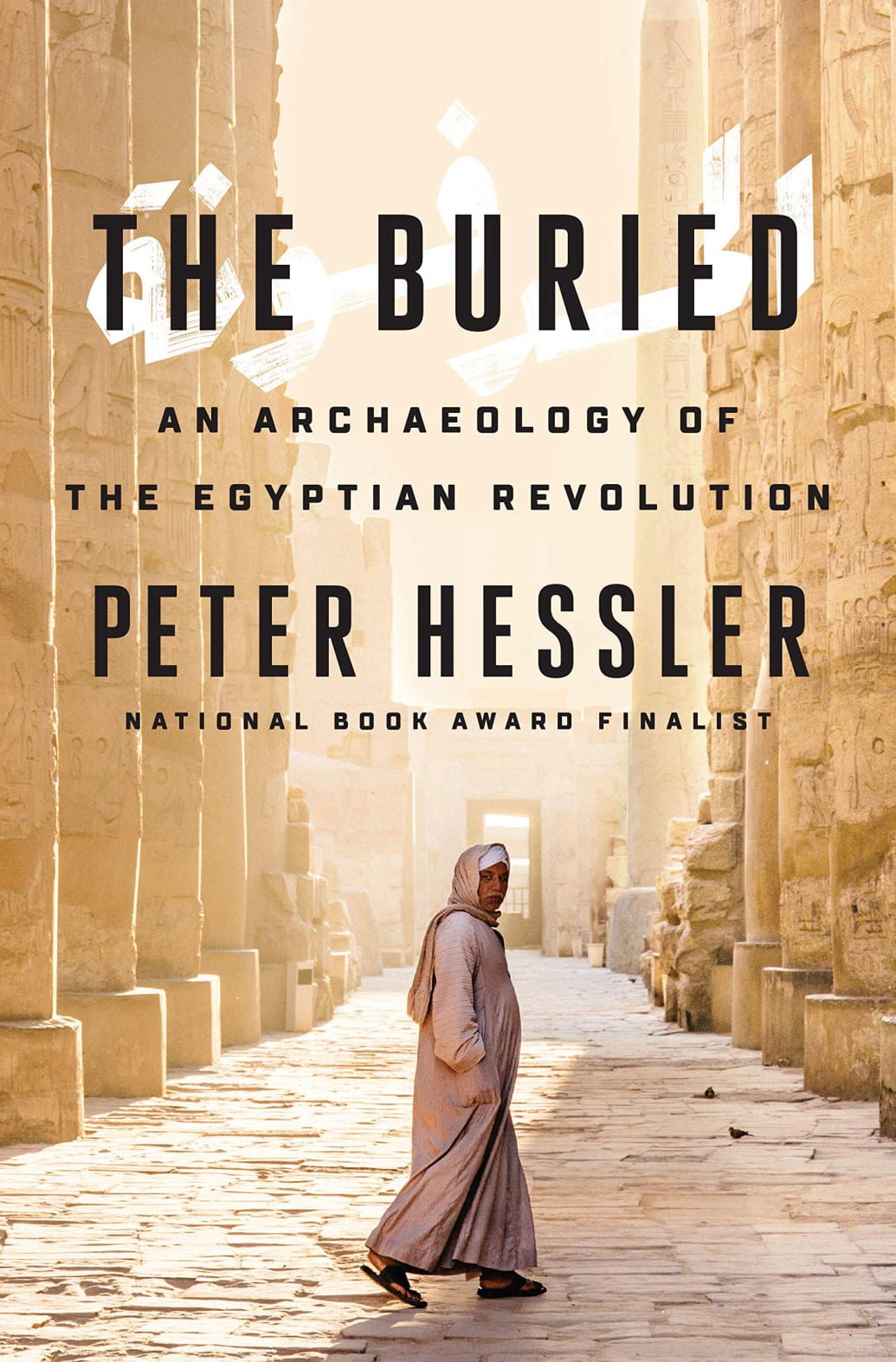
From THE BURIED: The Archaeology of The Egyptian Revolution by Peter Hessler. Reprinted by arrangement of Penguin Press, part of the Penguin Random House company. Copyright (c) 2019 by Peter Hessler.
Peter Hessler is a staff writer at The New Yorker, where he served as Beijing correspondent from 2000-2007 and Cairo correspondent from 2011-2016. He is also a contributing writer for National Geographic. He is the author of River Town, which won the Kiriyama Book Prize, Oracle Bones, which was a finalist for the National Book Award, Country Driving, and Strange Stones. He won the 2008 National Magazine Award for excellence in reporting, and he was named a MacArthur fellow in 2011.
-- Sent from my Linux system.
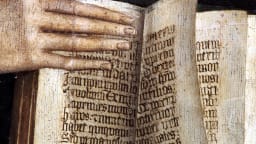

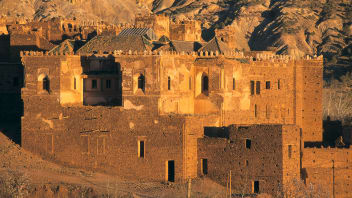
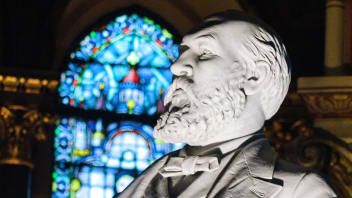
No comments:
Post a Comment